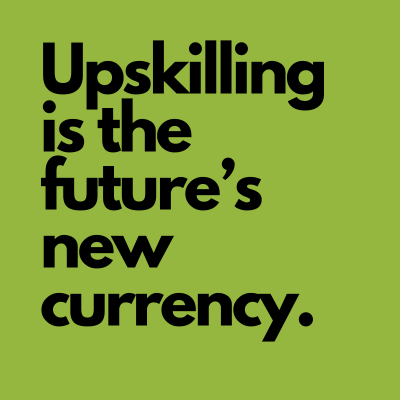Published by MIT.edu
Despite progress in gender equity and growing interest over the last decade in computer science, engineering, math, and statistics among both men and women, the underrepresentation of women in the Science, Technology, Engineering, and Mathematics (STEM) fields continues to persist. In 2023, the gender gap in STEM remains significant, with women making up only 28% of the STEM workforce.i
If we look at places worldwide where we might hope to find better news, the statistics give us pause. The figure stands at 24% in the United States,ii 17% in the European Union,iii 16% in Japan,iv and 14% in India.v
This disparity is concerning, as it leads to a lack of diversity and inclusion, and ultimately limits the potential of the STEM industry. Addressing existing underrepresentation is critical as the world grapples with economic, environmental, geopolitical, societal, and technological risks. Closing the gender gap will not only bolster sustainable tech-enabled growth and innovation but is also deemed an economic necessity.vi
Examining the Stumbling Blocks: Factors Contributing to the Gender Gap in STEM
The gender gap in STEM has been attributed to several long-standing and deeply entrenched realities, including the following:
Stereotypes: Many individuals still associate STEM fields with masculine qualities, leading to stereotypes that can discourage girls and women from pursuing STEM education and careers.
Lack of role models: Women remain underrepresented in STEM leadership positions, which makes it harder for girls and women to find role models and mentors in the field.
Unconscious bias: Unconscious biases in hiring, promotion, and grant funding can disadvantage women and lead to their disproportionately low representation in STEM.
Work-life balance imbalance: STEM careers can be demanding, and some women may opt out or choose to work part-time to handle family responsibilities, which can impact career advancement.
Implementing Strategies: Closing the Gap from Childhood to Career Advancement
There are various strategies that can be implemented to close the gender gap in STEM. These include:
Encouraging girls to pursue STEM education: It is essential to introduce girls to STEM subjects early on to help dispel the stereotypes associated with STEM and provide them with role models. Programs like Girls Who Can Code, Black Girls Code, and Million Women Mentors have been successful in inspiring girls to pursue STEM education.
Creating inclusive workplaces: Companies and institutions can work toward creating inclusive workplaces by identifying and addressing unconscious biases and fostering a culture of inclusivity. This can be achieved by implementing diversity and inclusion policies, offering mentorship and sponsorship programs, and providing flexible work arrangements.
Promoting female role models: Having visible female role models in STEM is crucial to inspiring and encouraging girls and women to pursue STEM careers. Organizations should prioritize diversity in their hiring and promotion practices to increase representation at all levels of leadership.
Providing professional development opportunities: Initiatives that include training, mentorship, and networking events can help women develop the skills and confidence needed to succeed in STEM fields.
Addressing structural barriers: Breaking down structural obstacles, such as the gender pay gap, lack of family-friendly policies, and gender bias in grant funding is crucial in closing the gender gap in STEM. Companies and institutions should work toward creating policies that address these issues and promote gender equity.
Encouraging women to stay in STEM careers: It is important to create a supportive environment that spurs women to remain in STEM careers. This can be accomplished by offering mentorship and sponsorship programs, providing opportunities for career advancement, and creating flexible work arrangements.
Read the full article here.


